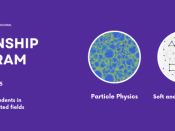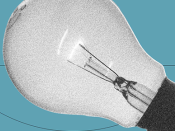Por Luís Margalho (Departamento de Física e Matemática, Instituto Superior de Engenharia de Coimbra).
In orthopedics, the internal and external fixation systems are increasingly applied in the treatment of bone fractures, both in accidental and surgically induced fractures through osteotomies. These devices have a very wide range of application, highlighting the bone stabilization, elongation and transport. The osteosynthesis plates placement and fixation is done in a surgical context, being the positioning in the bone made according to the experience and criterion of the surgeon.
In addition, several surgeons applies a second plate, describing best clinical results. However, biomechanical studies leading to better interpretation of the plate placement, as well as possible advantages in the use of a second plate are still scarce. The present work involves the comparison between one and two osteosynthesis plates in the femur as well as its better positioning, with emphasis on the distribution of contact pressures.
Concepts from geostatistics are used to produce pressure distribution maps over the fracture region.

















